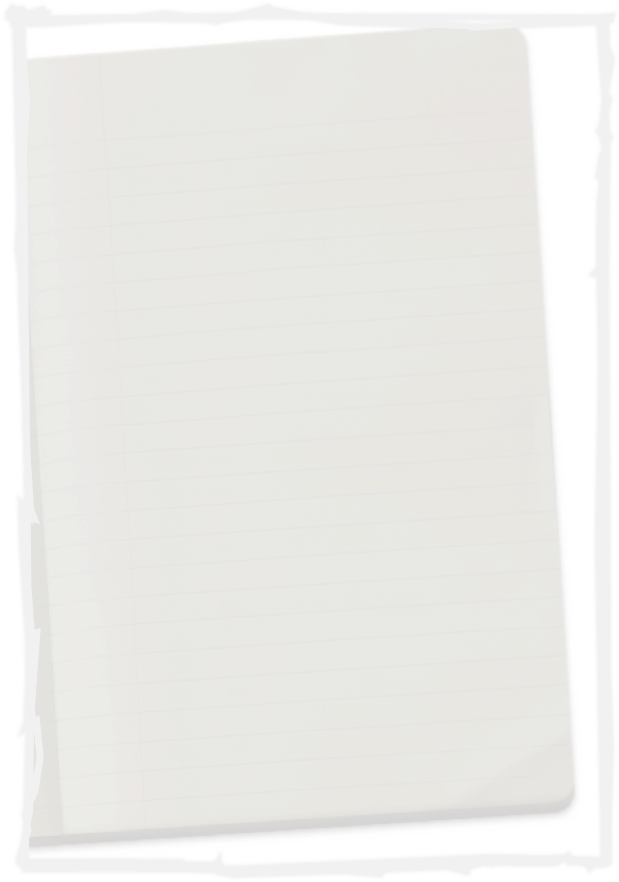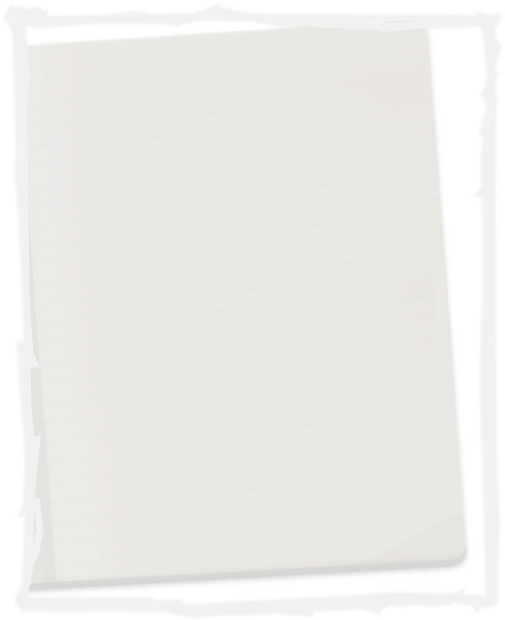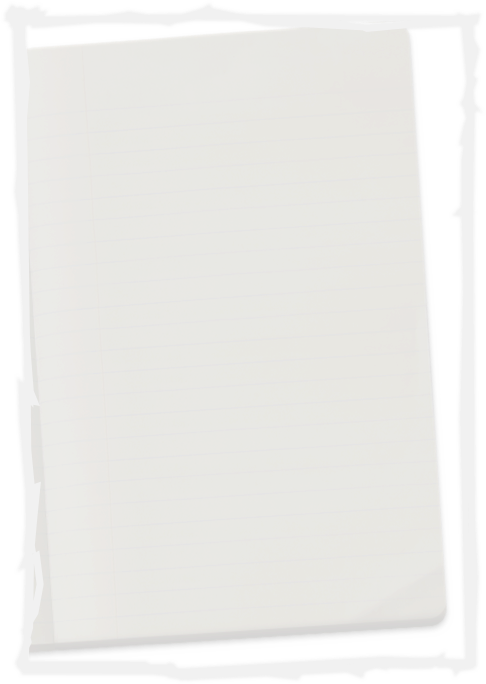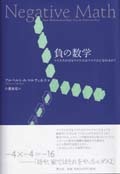



















Boston College


Academic Endorsements:
“An excellent book, truly readable and accurate. I repeatedly found myself intrigued and informed by Martínez's examples and approaches, which succeed in transforming competent historical analysis into an informative and thought-provoking meditation on mathematical meaning."
—Joan L. Richards, Historian of Mathematics
Brown University
"Beautifully written. Accurate and reliable. The author's point, that mathematics is constructed according to our judgment of what will serve us, is very important and little understood."
—Reuben Hersh, Mathematician
University of New Mexico
"a no holds-barred intervention in long-standing debates over the foundations of mathematics, a wolf in sheep's clothing..."
—David Kaiser, Historian and Physicist
Massachusetts Institute of Technology
"Martínez writes with an accessible and conversational style. His discussion of the relationship of mathematics to physics and its role in the concrete features of the world makes this book attractive to general readers and academics alike."
—Ronald Anderson, Physicist and Philosopher
Boston College












readers’ reviews at:







Book Reviews:
“Alberto A. Martínez ... shows that the concept of negative numbers has perplexed not just young students but also quite a few notable mathematicians .... The rule that minus times minus makes plus is not in fact grounded in some deep and immutable law of nature. Martínez shows that it’s possible to construct a fully consistent system of arithmetic in which minus times minus makes minus. It’s a wonderful vindication for the obstinate smart-aleck kid in the back of the class.”
“It is fair to say that Negative Math completely blew my mind. ... Martínez’s superb writing makes even the most subtle arguments and paradoxes seem obvious, but don’t expect this short book to be easy sailing. It will set your mind racing, although every page is absolutely worth the effort.”
— Plus Magazine, University of Cambridge
“this is a serious-minded and interesting book. ... The first part of the book, which I enjoyed immensely, is a history of the struggles of mathematicians to cope with the idea of negative numbers. It is enormously encouraging .... intriguing and provocative..."
“Euler ... cited no similarly compelling reason for which –m × –n should equal m × n. ... Martínez develops an apparently viable arithmetic (seemingly free of any internal contradiction) in which the alternative convention prevails. ... The book is written in a relaxed, conversational manner. ... It can be recommended to anyone with an interest in the way algebra was developed behind the scenes."
“...all with the goal of sexing up negative numbers and proposing a meaningful math that could rekindle the ‘connection between mathematical truth and physical experience.’ ... English majors who never understood why they were required to take math classes may enjoy Martínez's blend of humanism and philosophy, and number-people will certainly want to give this a look.”
“Most of us remember the day in math class when we learned that a negative number multiplied by a negative number equals a positive number, e.g., -2 x -2 = 4. No sooner had we digested that rule than we were whisked on to the next topic—so there was no time to stop and ask, “But why is it like that? Why doesn’t -2 x -2 = -4?” In Negative Math, Alberto Martínez spills the beans: there’s no reason why it couldn’t! More generally, he shows how mathematical rules can be varied—and rather than wreck mathematics, such moves can result in new forms of math that more closely describe the physical world.”
— Scientific American Book Club, Club Review
“Negative Math is a recent book that should be read by mathematics teachers and it should indirectly affect how students interact with their texts and the included mathematics.”
— MathNexus, Mathematics Portal for Teachers
“Mathematicians can devise unusual rules of signs to explore their consequences. For example: a system in which -4 x -4 = -16. Such “fooling around” isn’t talked about in schools, but one aim of this book is to show how new maths can describe aspects of the physical world. The author uses history, puzzles, and high school algebra to entertain a general and professional audience.”
— PBS Teachers, Recommended Books
“ #2 Best Seller in Mathematics.”
“The author has committed himself to having this writing and this subject matter accessible to the general reader, and he has succeeded to a remarkable degree. His sources, spanning centuries of mathematics and science history, cite leading figures who held strong views relating to this field. For the teacher currently involved with these concepts, this innovative work should provide useful background and prove to be an outstanding read.”
National Council of Teachers of Mathematics
“a book that is at once scholarly and readable. ... anyone with an interest in intellectual history would benefit .... Martínez’s book has the potential to cause the generation of many golden fibers that can be used in weaving the fabric of mathematics.”
“an intriguing and interesting book. ... It is interesting and to a certain extent inspiring to look at this fundamental transformation of mathematics with the eyes of algebra and not as usual from the point of view of non-Euclidean geometry. ... The book may seem unusual but whoever follows author will be inspired and forced to think about problems which he never put himself before.”
“interesting and profound questions .... an impressive range of pertinent sources .... The underlying theme is rich, unusual and important. ... illuminating...”
“mathematicians fought against negative numbers into the 17th century and beyond, and others fought against imaginary numbers well into the 19th century. Martínez’s Negative Math relates the history in a way fascinating for talented high school students.”
“a book that will provide aha moments of enlightenment to readers who span the range from high school students to grizzled mathematics professors. This is a fun, well written book . . . . This book has the potential to spark the creative genius necessary to produce a new generation of excellent mathematicians.”
“As a final note to a more mathematically inclined reader, even though Martínez intended the level of mathematics in his book to be for a general reader, this does not lessen the value of this book for other readers. Rather, because the material examines the ideas and work of great mathematicians, it should appeal to a wide audience.”
— Convergence, Mathematical Association of America
